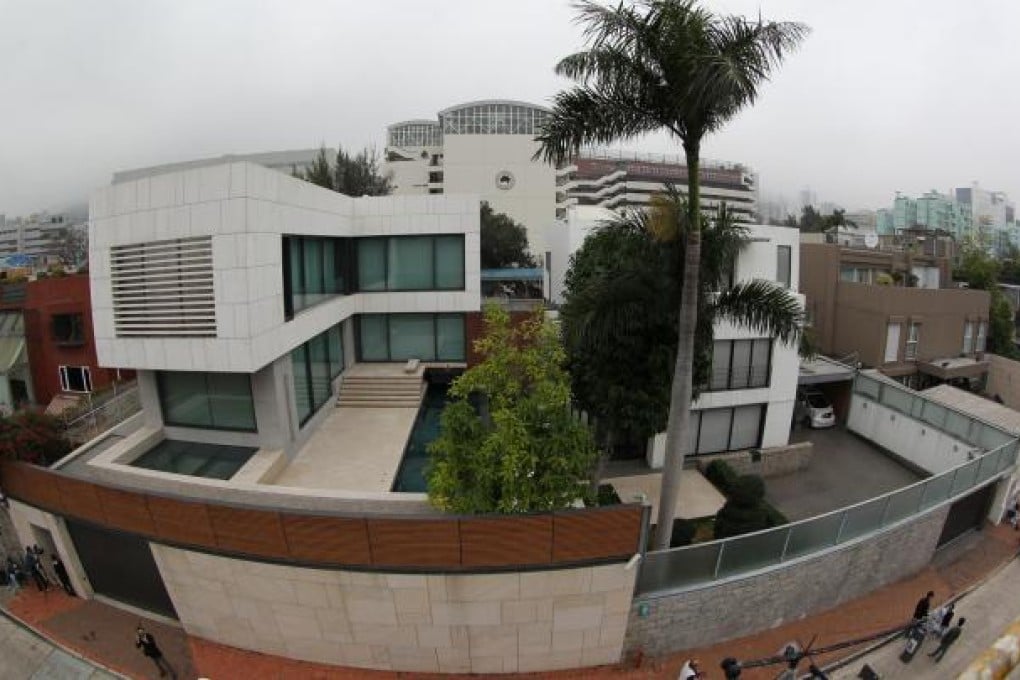Technology can unearth mysteries of Henry Tang's 'underground palace'
Technology used in archaeological digs can provide answers on when the former chief secretary built an illegal 2,250 sq ft basement at his home

Will Henry Tang Ying-yen go to jail? The former chief secretary recently resurfaced to talk about the issue that torpedoed his bid to become Hong Kong's chief executive and could land him or his wife in prison: the illegally constructed 2,250 sq ft basement discovered at their home in February last year. The construction of the basement is now under investigation by the Buildings Department. Since then, of course, the uproar over illegal structures has grown deafening with the discovery of six in Chief Executive Leung Chun-ying's house on The Peak.
While Leung's illegal additions are fairly straightforward cases of unauthorised building, the Tangs' "underground palace" involves more elaborate detective work to determine to what extent they broke the law.
If the basement was built after the certificate of occupancy was issued in 2007, they would only be liable for the civil offence of illegal construction, the same offence as Leung's. But if the basement was built at the same time as the house prior to the issuance of the certificate of occupancy in 2007, and the existence of the basement was not revealed in their building plan for the house, they could be charged with the criminal offence of falsifying information.
The technology exists to dig out, so to speak, the evidence.
Indeed, searching for subterranean structures is a time-honoured pursuit - by tomb robbers raiding the burial chambers of pharaohs in Egypt and emperors in China, intelligence agencies trying to detect secret nuclear facilities in Iran and the archaeologists looking for the ruins of ancient cities. The techniques have evolved from long poles and pickaxes to state-of-the-art equipment that detects deeply hidden structures, even from outer space.